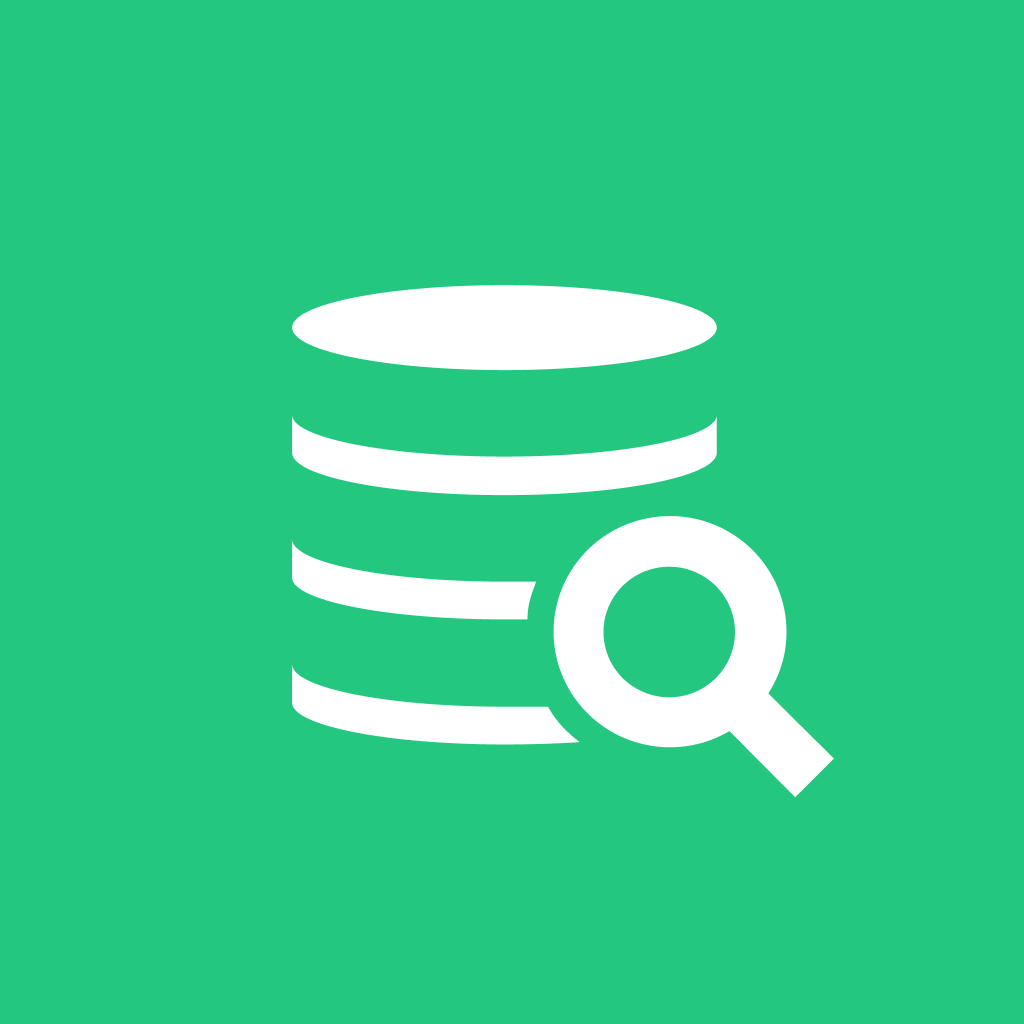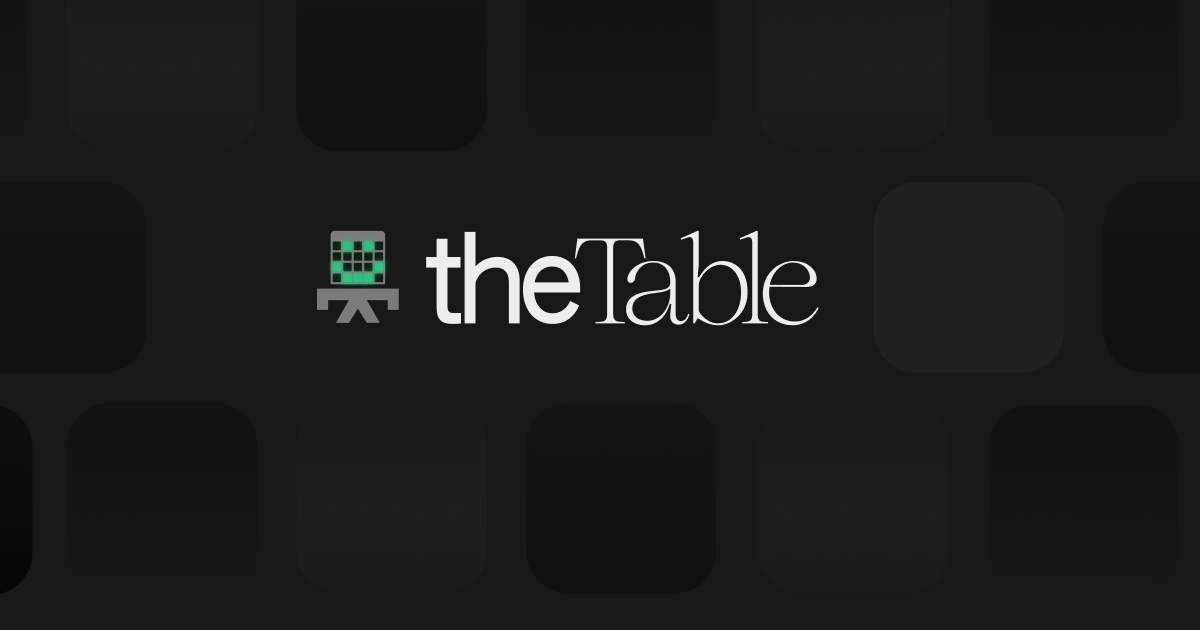Simplifying PostgreSQL Date and Time Formatting: Essential Tips
 DbVisualizer
DbVisualizer
Learn the essentials of date formatting in PostgreSQL to make your database interactions more intuitive. This overview highlights key functions and their applications without delving into exhaustive details.
Let's explore how PostgreSQL transforms raw date and time data into insightful information. Recognizing the different data types like DATE, TIMESTAMP, and INTERVAL is crucial as they underpin the system's flexibility in handling temporal data.
Using to_char(): This function is pivotal for converting timestamp values to human-readable strings, adapting data to various formats for better understanding. Example:
SELECT to_char(current_date, 'DD/MM/YY');demonstrates basic date formatting.Quick Conversions: The to_timestamp() and to_date() functions are key for string conversions, offering precision in data interpretation and storage.
SELECT to_timestamp('2023-07-06', 'YYYY-MM-DD HH24:MI:SS');illustrates a practical use case.
FAQ
How does PostgreSQL manage time zones?
PostgreSQL offers several built-in functions, including AT TIME ZONE and timezone(), to manage and format time zones. These functions enable users to adjust and display timestamps according to various global time zones, enhancing data accuracy and relevance across different geographical locations.
How do the to_timestamp() and to_date() functions differ?
The primary difference lies in their output: to_timestamp() converts a string into a timestamp value, incorporating both date and time elements, whereas to_date() transforms a string into a date value, concentrating on the date part without time details.
Conclusion
Efficient date formatting in PostgreSQL is crucial for clear data presentation and analysis. For a full exploration of these functionalities, check out the detailed guide Date Formatting in Postgres: A Comprehensive Guide.
Subscribe to my newsletter
Read articles from DbVisualizer directly inside your inbox. Subscribe to the newsletter, and don't miss out.
Written by

DbVisualizer
DbVisualizer
DbVisualizer is the database client with the highest user satisfaction. It is used for development, analytics, maintenance, and more, by database professionals all over the world. It connects to all popular databases and runs on Win, macOS & Linux.